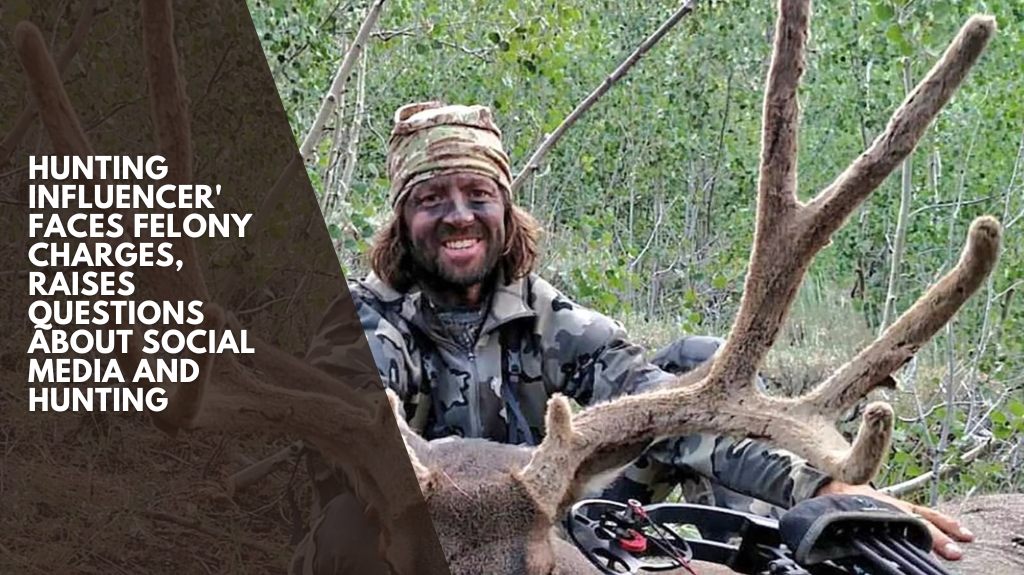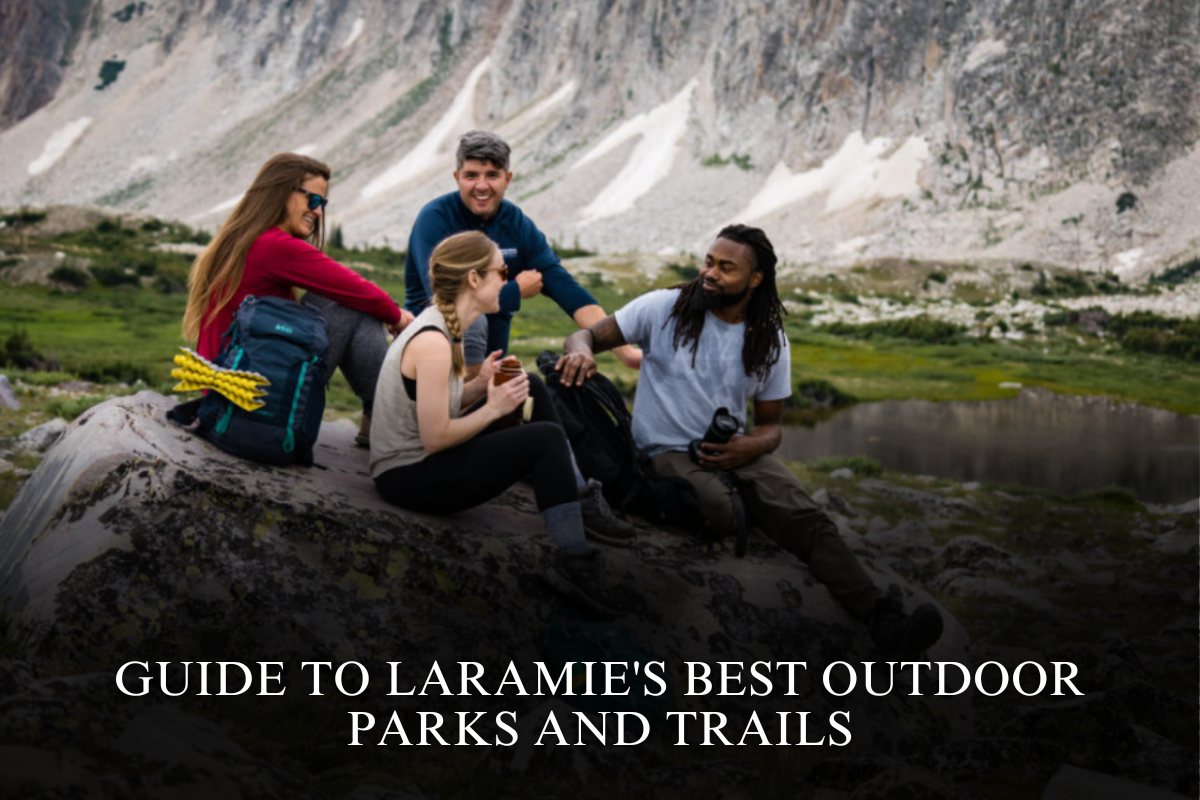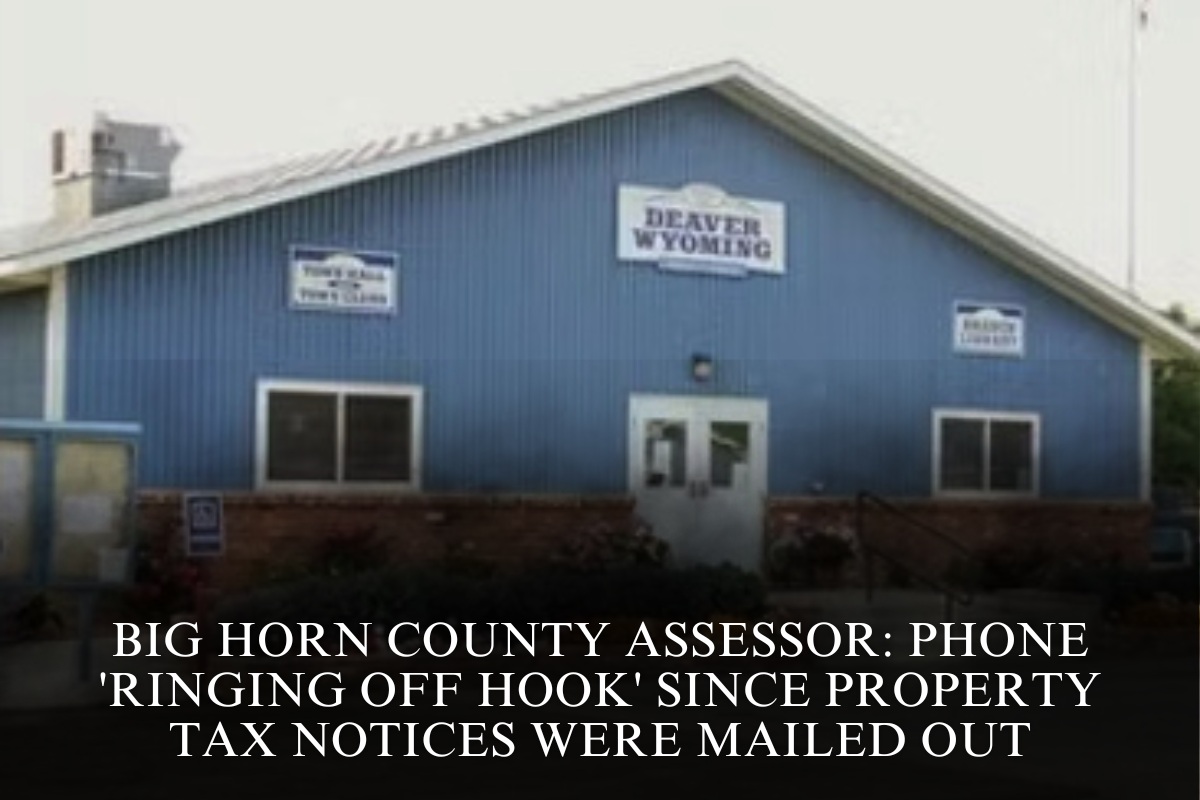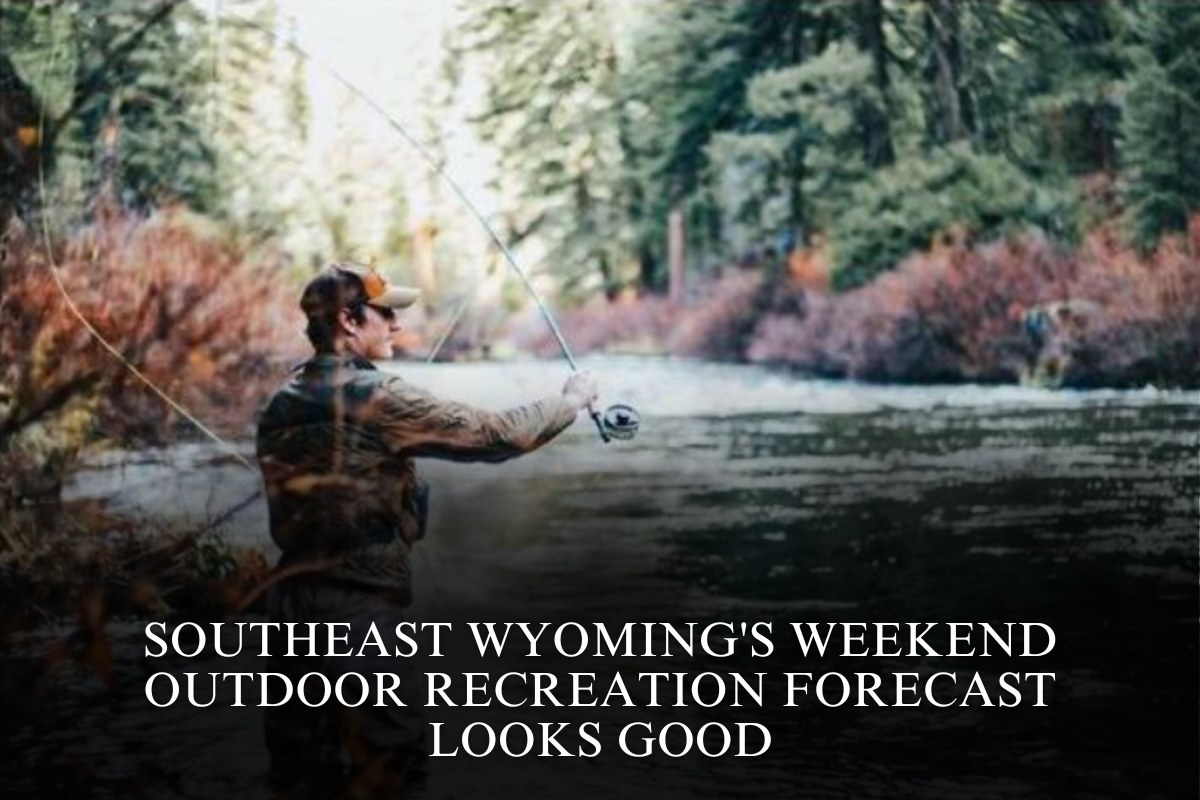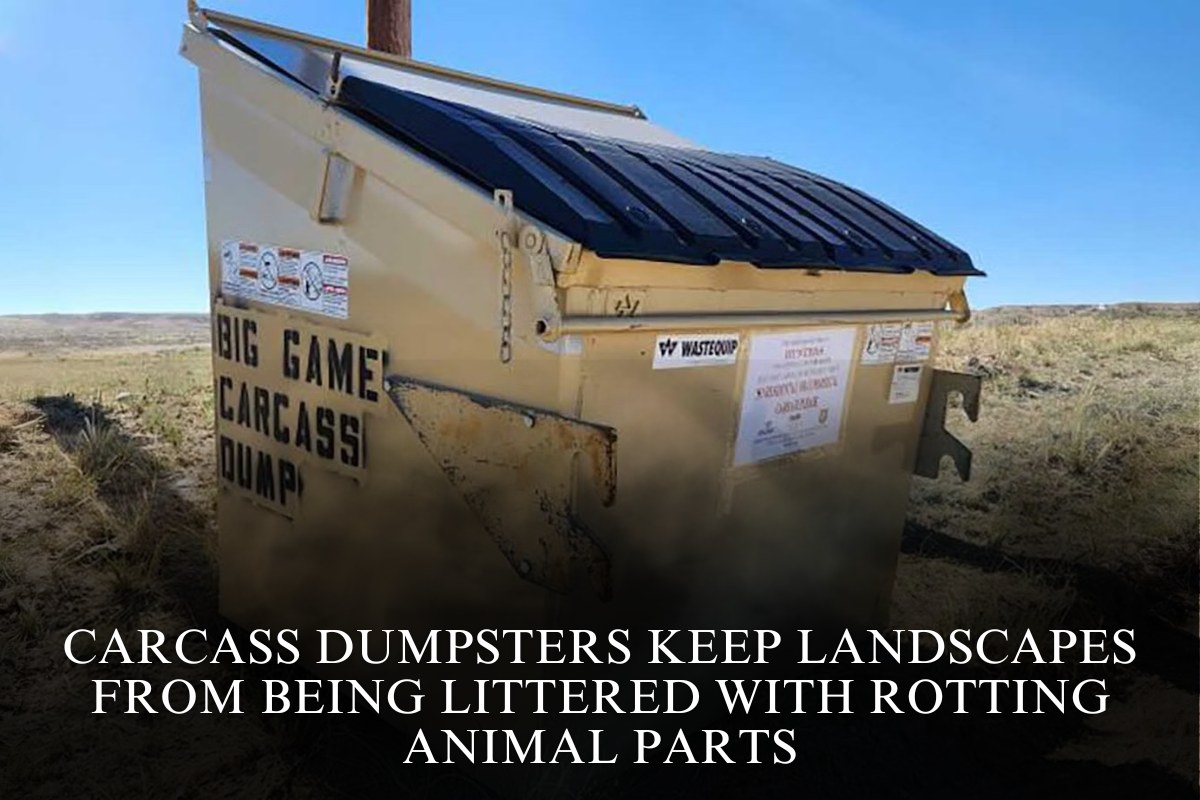The intersection of the outdoors and social media can be difficult to navigate, as evidenced by the downfall of a prominent hunting influencer.
Some Wyomingites with growing social media audiences believe it is critical to remain humble and authentic in order to avoid the same fate as Ryan Lampers, also known as the StHealthy Hunter.
Lampers, who was charged on September 2, faces two felonies for allegedly committing grand theft by deception and unlawfully killing and possessing a trophy-class mule deer buck, according to Meat Eater.
He also faces six misdemeanor charges related to other allegations, including allegedly lying about where he killed a wolf and killing a mountain lion in the wrong designated hunt area. Lampers allegedly killed a mountain lion, deer, and wolf in Idaho in December 2024.
The charge of grand theft by deception carries a maximum 14-year prison sentence and $5,000 fine. The maximum penalty for unlawfully possessing a trophy buck is six months in prison, a $2,000 fine, and a lifetime loss of hunting privileges.
Keep It Real
Lacelynn Seibel of Wilson and Owen Miller, a northeast Wyoming resident, told Cowboy State Daily that they appreciate their audiences on social media, but they’ve tried to avoid the sort of one-upmanship that might have tempted Lampers to push past ethical and legal boundaries.
Seibel stated that she tries to keep her content grounded and avoids getting dragged into online contests over who can kill the largest trophy animals.
“It’s great to get a giant buck or a giant bull, but it’s not that common,” she told me.
She described her content as “more realistic, to say, look, I’m out here.”
She hopes to inspire others to do the same.
Seibel began hunting whitetail deer in the Midwest before moving to Wyoming a few years ago and falling in love with archery elk hunting.
Her hook is that she discovered everything on her own. So, she hopes her content conveys the message that if she can do it, so can others.
“I am self-taught. No one in my family hunted. I taught myself to use a bow. “How to track game, and all that,” Seibel explained.
Not By Intent
Miller said he didn’t start off trying to snag a large social media following. He started posting photos and short stories about his hunts on social media at his brother’s suggestion.
“I’m fairly good at what I do, and I guess people noticed that, and it built from there,” he told me.
He believes it was his stories that did the trick.
“Many people follow a three-second rule on social media. “They’ll look at something for three seconds before scrolling past it,” Miller explained.
“If you have an interesting story behind your photo, people will stop and read that,” he told me.
Say Inside The Lines
Some hunters caught up in a social media high might be tempted to start pushing the envelope to get more followers and engagement.
Miller claimed his social media influence has had the opposite effect on him.
“It actually motivates me to be more ethical.” “I go the extra mile to be legal and not do something stupid,” he explained.
He said he understands how some hunters can let notoriety get to their heads and end up in the situation Lampers allegedly got himself into.
“They want to make themselves look good and keep the wheel rolling,” he told me.
Seibel said she tries to focus on where she is rather than who she is.
She hunts almost exclusively on public land and hopes to encourage others to do the same.
“The positive side (to social media) is showing people what’s out there, and what you can do,” she told me.
No More Secrets
Along with the potential pitfalls of inflated ego and trying to out-do everybody else, Seibel and Miller said one downside of social media is that it makes it difficult to keep prime hunting spots under wraps.
“I feel like a lot of ‘secret’ spots aren’t too secret anymore,” Seibel told CNN.
Miller agreed. That’s why he double-checks photos and videos before posting them to ensure there are no recognizable landmarks in the background.
“It (social media) is a disadvantage if you want to conceal your hunting locations. “I have some incredible photos that I won’t post because everyone will know where they are,” he explained.
He claimed he kept the framing tight on video footage he recently shot of a moose somewhere in Wyoming.
“I couldn’t zoom out, because the mountains in the background would have made the location instantly identifiable,” Miller joked.
Miller said he has met and mentored some of the hunters he has met on social media.
However, there are boundaries. He said he once ended a friendship because a hunter he was attempting to assist began sending “pins” (GPS coordinates) of some of Miller’s prized elk hunting spots to others.
Seibel explained that she tries to remember why she started hunting in the first place: to put food on the table.
“For me, it is amazing to have nice buck or bull, but I spent years just shooting does, because it was about supplying myself with game meat,” she went on.
